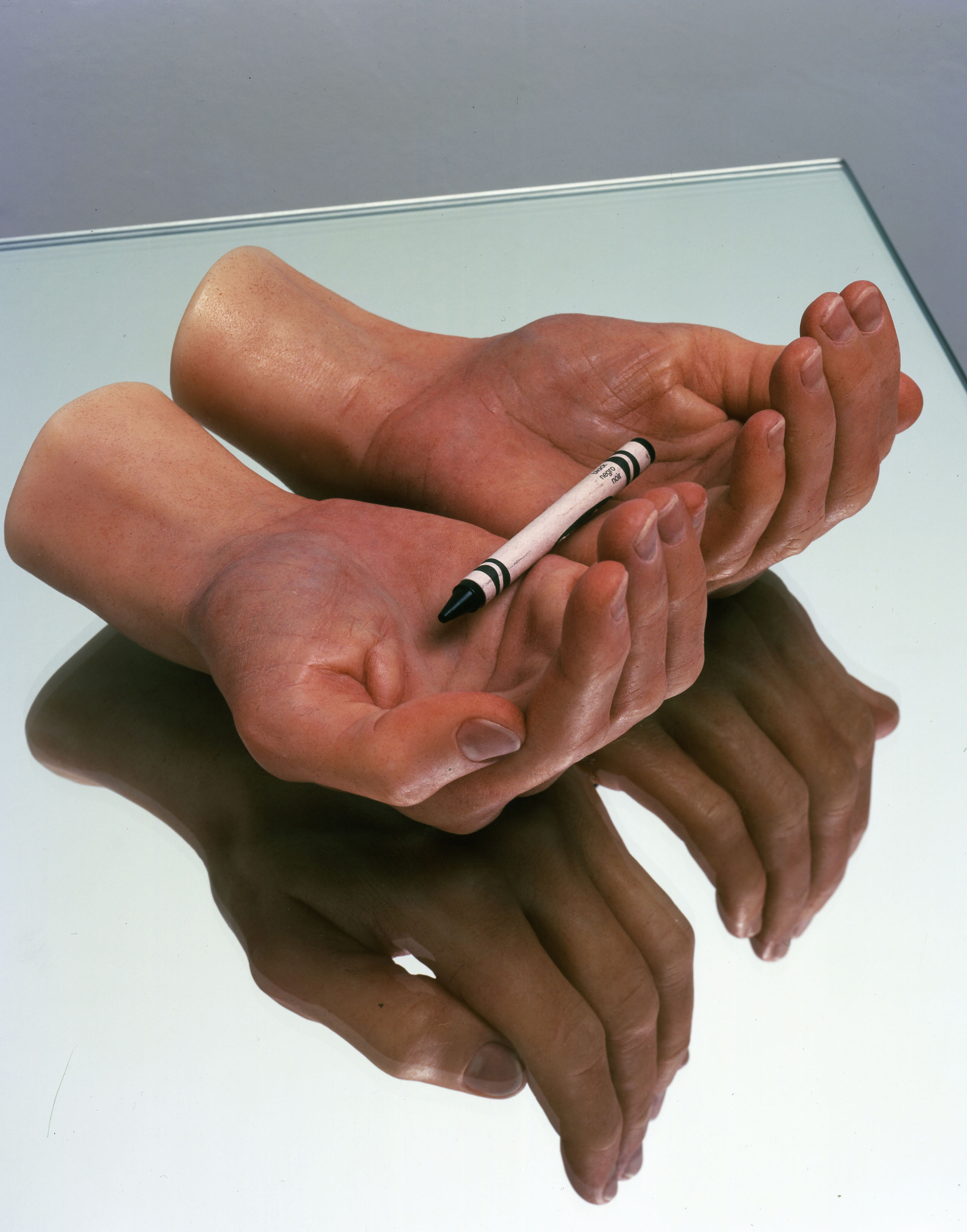
Can you tell me a little about The Transported Man?
The exhibition is based on a magic trick supposedly invented in the 19th century and depicted by Christopher Priest in his novel The Prestige. A magician appears onstage, disappears through a door, and reappears immediately from another one located a few yards away. The main question is: How can a magic trick help us understand an artwork? To be efficient, a magic trick, like many other illusions, relies on a system of belief as cultivated between the magician and his or her audience. The wider the gap between what the audience sees and what it is asked to believe, the more efficient and spectacular the trick is going to be. A good trick works only if the spectator can navigate between these poles, between the feeling of witnessing pure magic and the impression of seeing an ordinary scene. If the spectator decides to consider only one of the poles (a simple fact or pure magic), the trick won’t work. The belief he attributes to what he sees acts like a cursor in a field implemented not by category but intensity. In the exhibition, you can see ordinary objects such a table, an elephant, a soap, a mirror, fireflies and crickets. They can be seen and understood as ordinary objects but gain new meanings when more information is revealed and when new interpretations are made possible. The table floats (Roman Signer), the elephant performs an impossible trick (Daniel Firman), fireflies and crickets flash and chirp in synchronicity, etc.
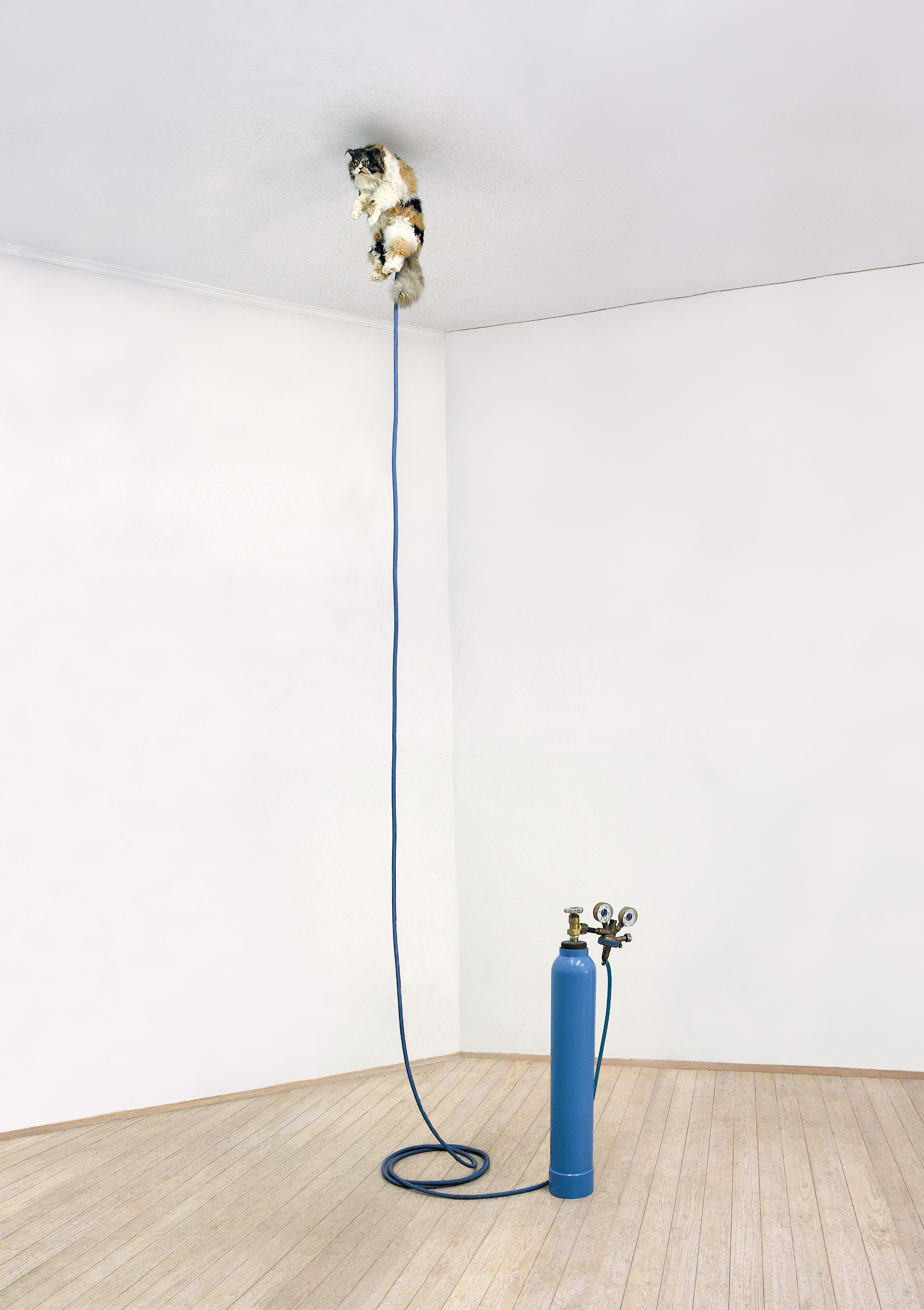
How did you come to The Prestige, and this particular magic trick, as your starting point in this exhibition? As you read the book, were you thinking of this trick in art terms? And have you previously seen the similarities between magic and a successful art object?
When I was at the Palais de Tokyo, I realized my programme was evolving in a specific direction. The first year questioned what is visible; is there such a thing as an excess of visibility? The second year ventured into territories that lie beyond the lumen spectrum, hence where things are becoming invisible such as radio waves, infrareds and different types of electromagnetic waves. And what happens if you go beyond that? You simply disappear, which was a logic naturally derived from my programme. But then I thought, where do you go once you have disappeared? I felt stuck, but I quickly came across The Prestige, which explains that appearance and disappearance are two intrinsic parts of any magic trick, which implies a third part: the reappearance. But you don’t reappear in the same spot you disappeared, you have to reappear as far away as you can from where you disappeared. So, when I started at the MSU Broad, it was obvious I should start my programme with this exhibition. I have to say I am not very interested in art directly influenced by magic, as it might be too illustrative. My interest lies in the way the brain is tricked while witnessing a magic trick, how the notion of belief is inherent in the success of the trick. This casts an interesting light on how an artwork gets implemented, how your brain functions while watching an artwork.
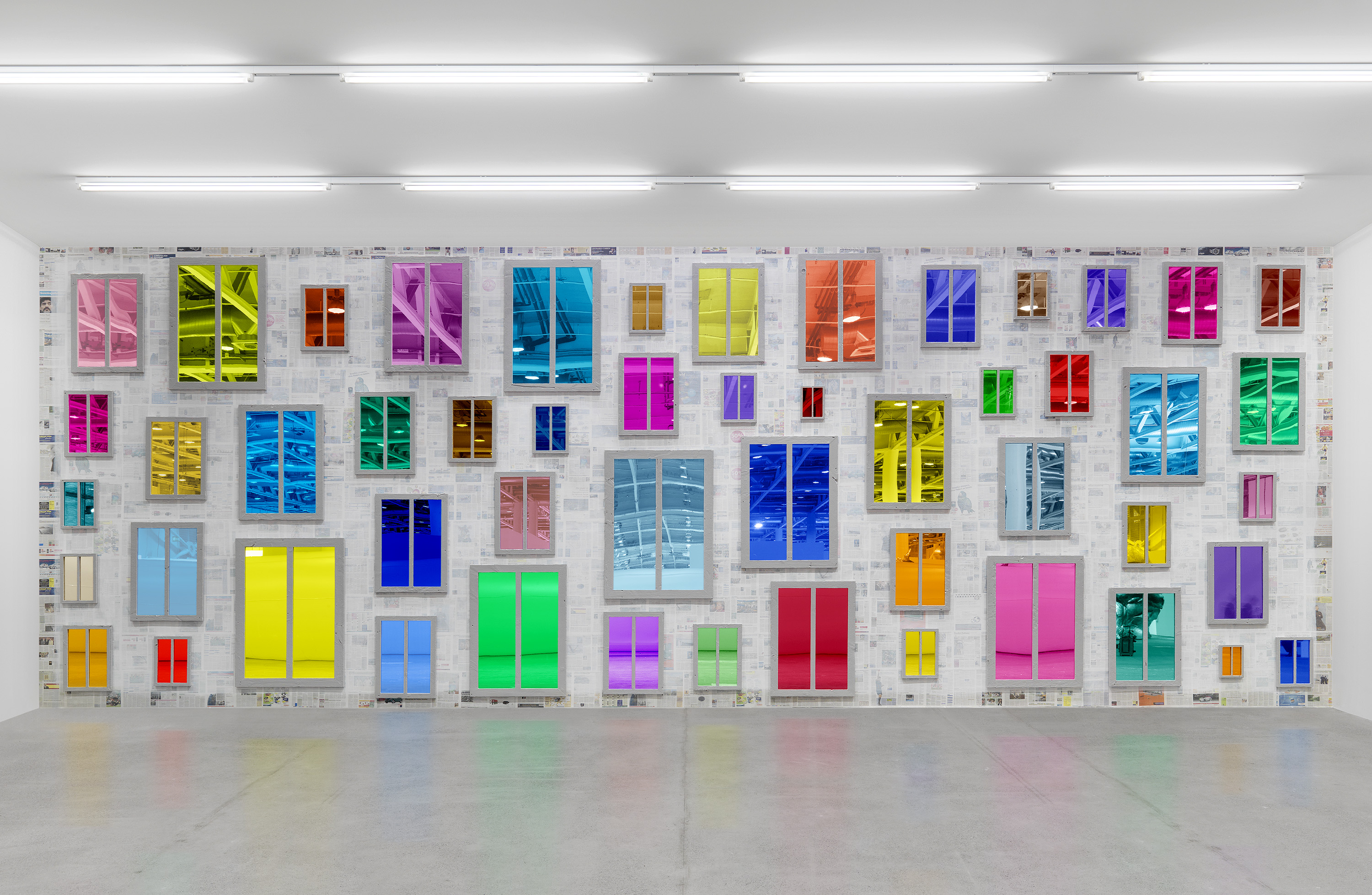
This is the first time that a single show is occupying every gallery of the museum. How have you divided the show up between the space? Do you like to curate thematically by room or do you prefer to have threads running throughout?
When I curate shows, the space dictates the rhythm. I never curate thematically. I try to visualize what kind of choreography the visitor would create while walking in the space and around the works, what kind of negative space it generates, what kind of tension the relationship between the architecture and the works fuels.
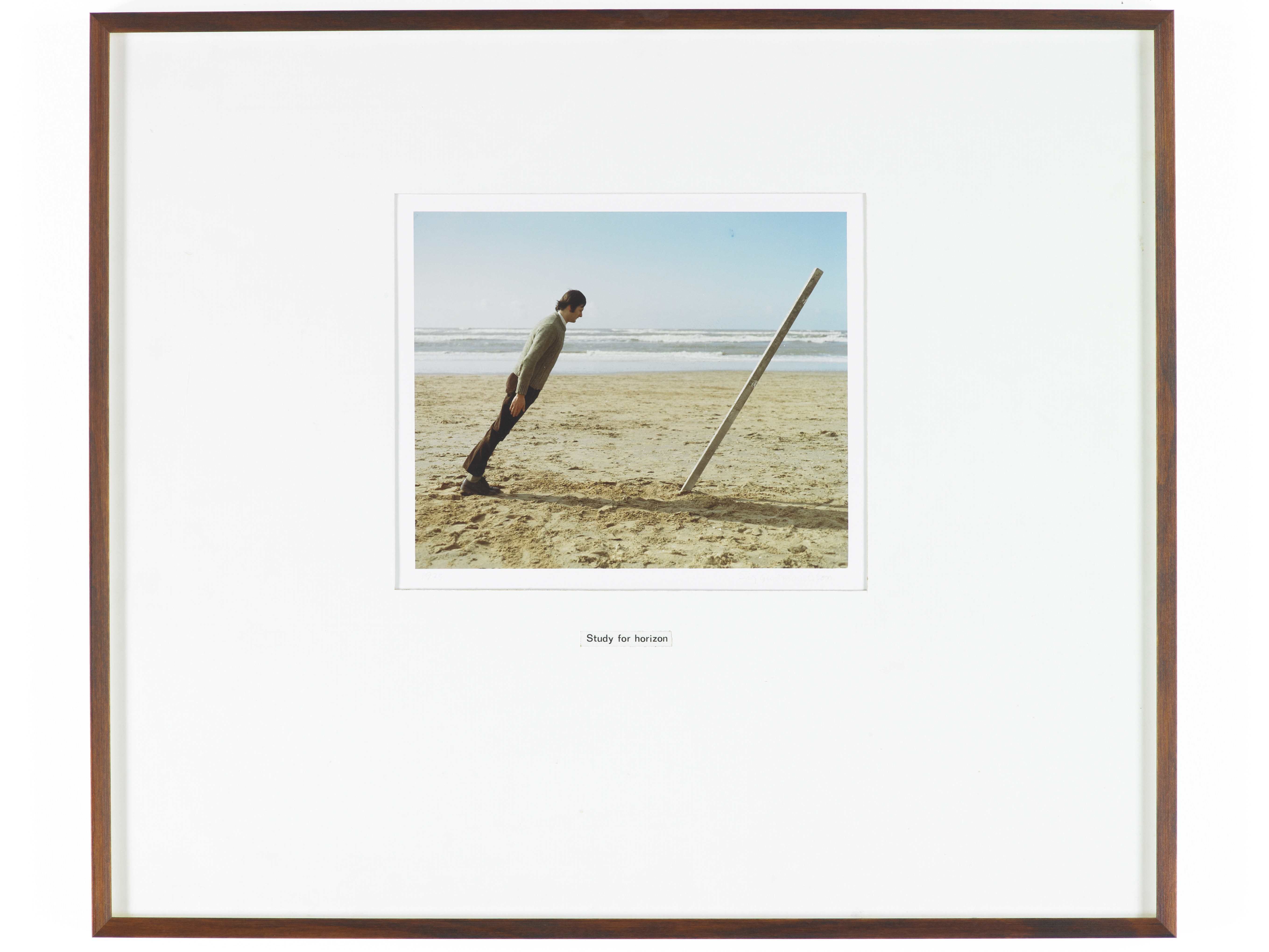
Sigurdur Gudmundsson, Study for Horizon, 1975. Courtesy of the artist and I8 Gallery, Reykjavik.
This is your first exhibition as Director at MSU Broad. Have you had a particular, long-term vision in mind for the space that this show encapsulates?
I think when one is taking over a museum today, one cannot proceed without rethinking the future of the museum. Everyone feels the museum as we know it today is going to radically change in the next decade. How? Nobody knows. The important thing is to structure the museum in such a way that it allows us, together with artists and researchers, to test different options. This is why I am thrilled to work in a museum embedded in a University where amazing knowledge is available at every corner. And like the Transported Man in the exhibition, an institution should be able to appear in one place, disappear and reappear anywhere else: what it important is not only the place where things happen (the museum, the building, the hardware) but also how it can freely graft, as a software would do, on different type of hardware
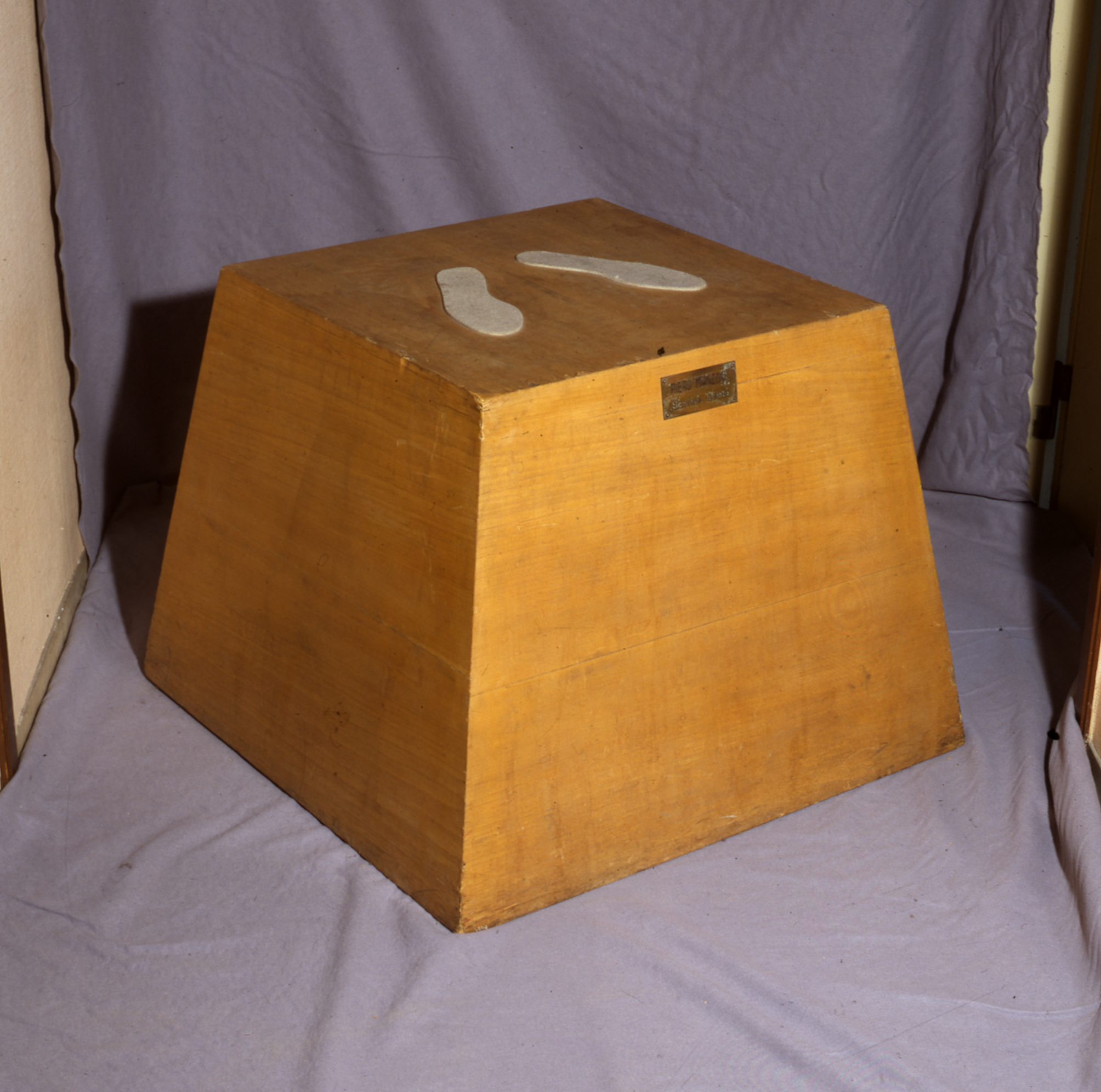
There are some fantastic artists in the show, including Ugo Rondinone, Ceal Floyer and Ryan Gander. Are there any particular highlights for you?
I am very happy we were able to secure the loan of one of my favourite pieces: a mirror signed backwards by Marcel Duchamp. It’s one of the last works he did. “When I die”, he said, “I will continue making readymades.” Another of my favourite pieces is the soap by Gianni Motti, made out of the fat of the former Italian Prime Minister Silvio Berlusconi. The latter had liposuction in a Swiss clinic one summer. The artist managed somehow to collect the fat and transform it into a bar of soap, entitled Mani Polite, “clean hands” in Italian, referring to the Antimafia operation that was launched in Italy while Berlusconi was an active politician and one of the suspects.
The press conference of the exhibition was transformed into a performance by Christian Jankowski. During this event, I was supposed to come on stage and give a speech. Instead, I was cornered in the exhibition space by an alligator. A film crew with a journalist rushed in to help, but too late: I was thrown in the air and swallowed in one piece by the alligator. The journalist felt he could create an exclusive story when he realized I was alive in the belly of the alligator. Followed was an interview I gave from the belly of the animal, which was broadcasted live in the press room.
‘The Transported Man’ shows until 22 October at MSU Broad.
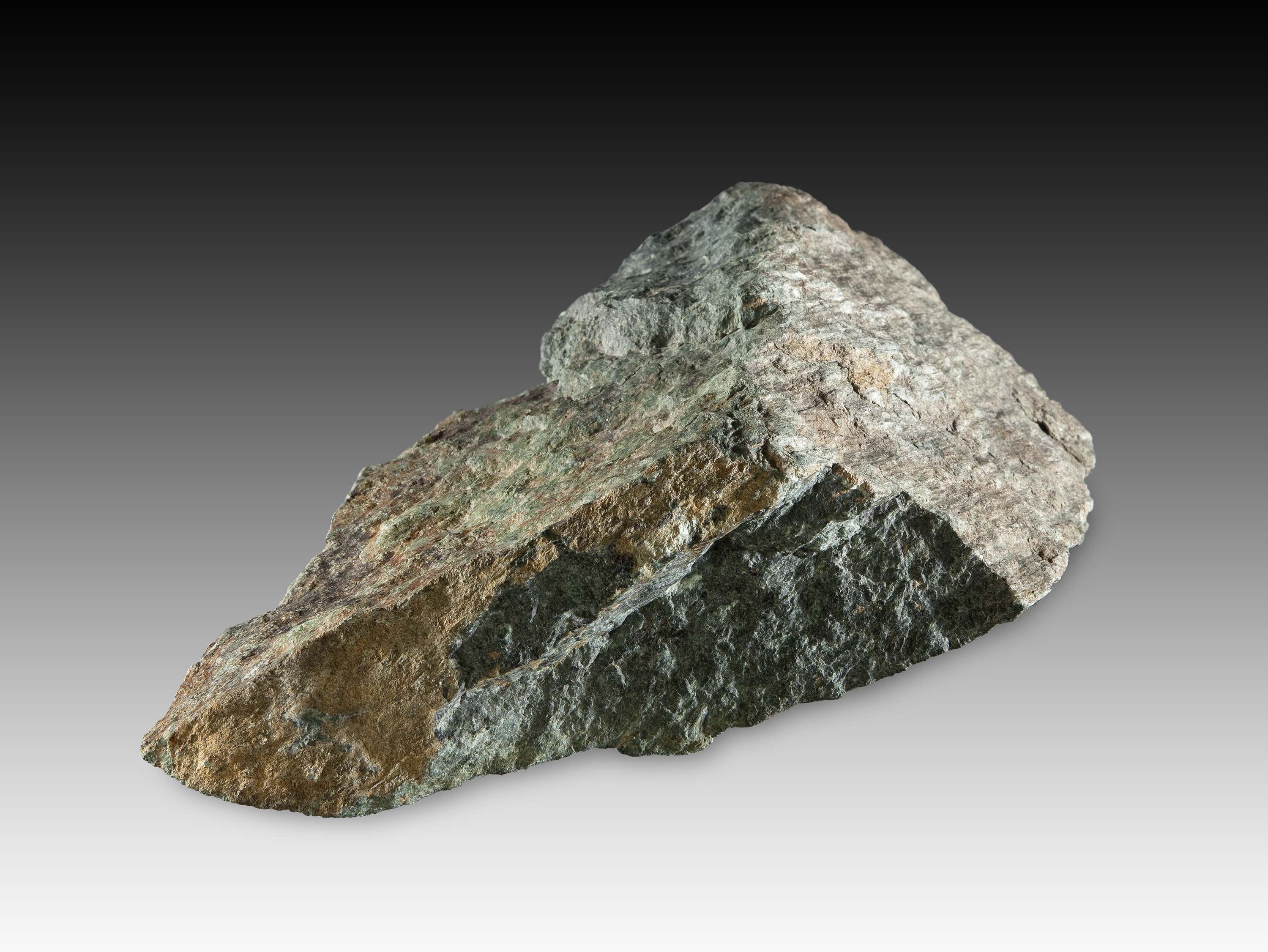
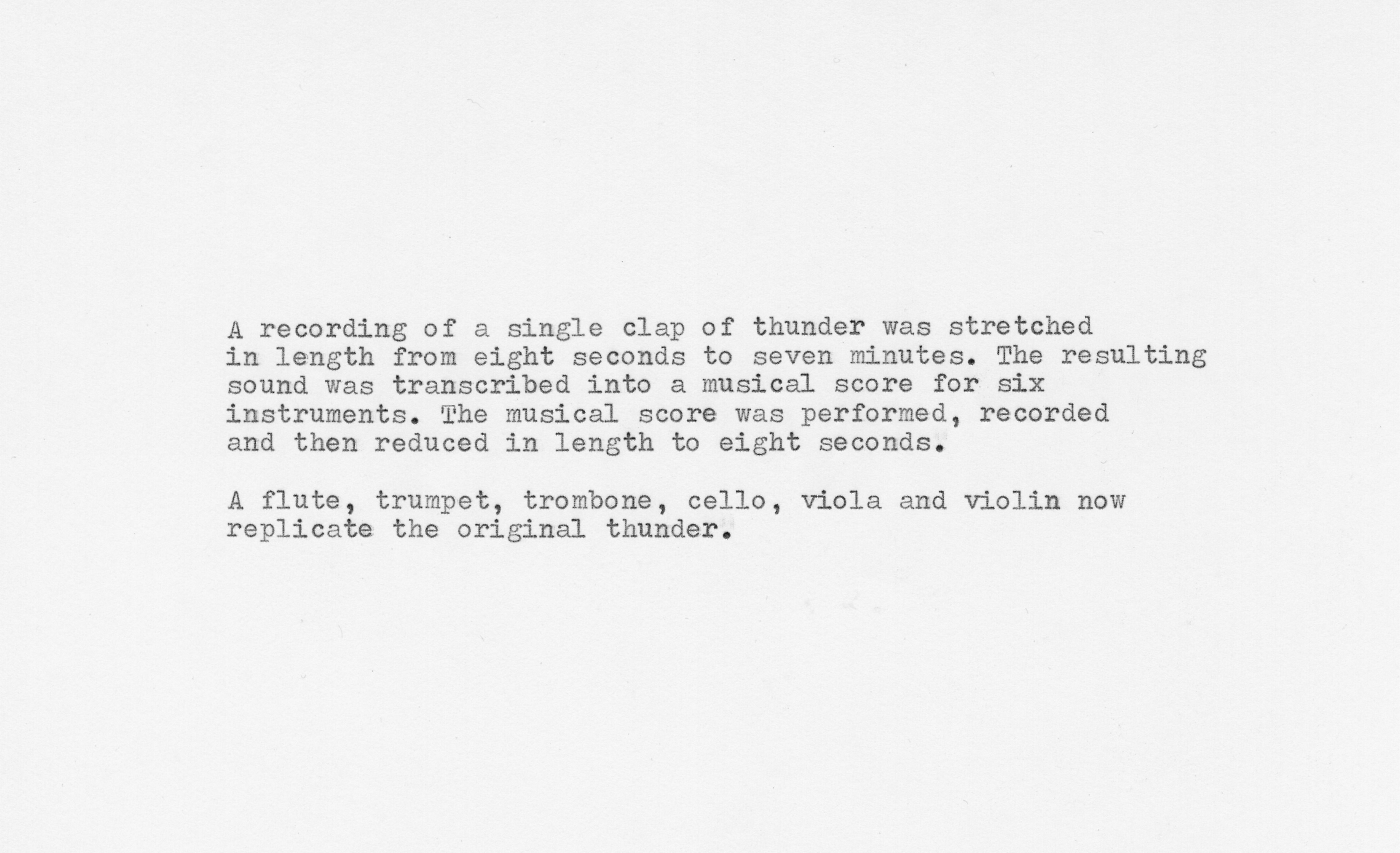
Hannah Rickards, Thunder, 2005. Courtesy of the artist.





